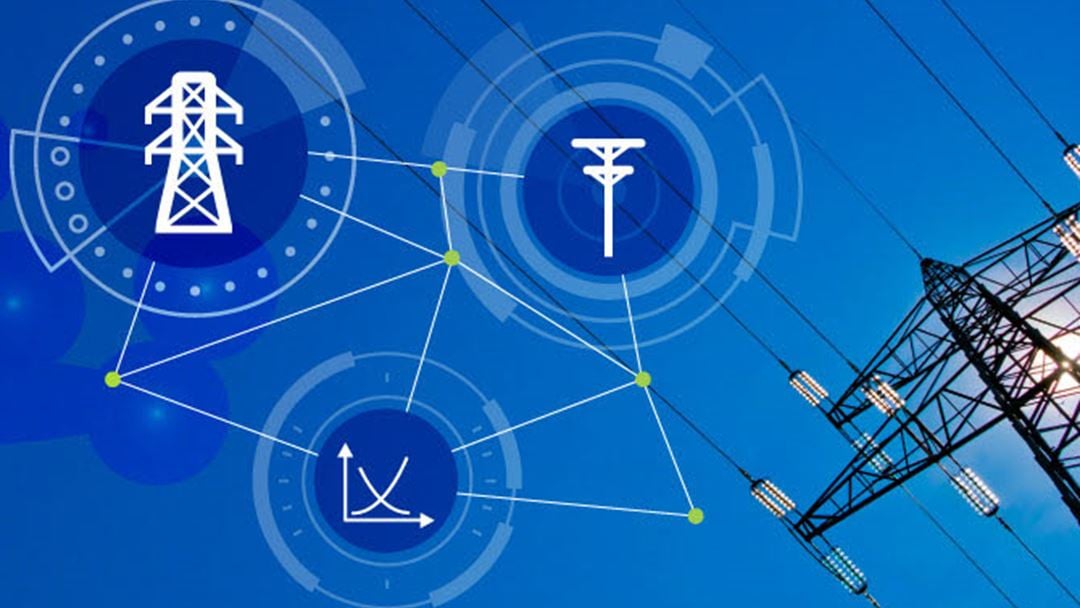Coordination schemes for DSO-TSO interaction
DSO-TSO interaction is defined as the collaboration between the two operator levels in the power system: The transmission system operator (TSO) and distribution system operator (DSO). The interaction and coordination between these system operators may be divided into the following domains: (1) The market framework, used for acquiring reserves and other system services, (2) Operation, to ensure security of electricity supply, (3) Grid planning and (4) Data sharing and handling according to regulations. Alternative coordination schemes for trading of flexibility are described and evaluated within CINELDI.
The current status and framework of DSO-TSO interactions was reviewed early on in CINELDI [1]. According to this report, the European energy portfolio is expected to change significantly, such as renewable energy sources increasing from 21 % in 2010 to 44 % by 2030, while phasing out fossil power generation. Moreover, electricity will play a more dominant role in the energy supply, leading to higher electricity demand and need for more grid infrastructure. These and other changes are expected to change the DSO-TSO collaboration framework. Development of regulations happens for instance through Network Codes (NCs) which are developed at European level by ENTSO-E.
Coordination schemes for DSO-TSO interaction, which was was reviewed [2], are necessary for procurement and activation of ancillary services: a centralized market which is operated by the TSO or DSO only, by some combined balancing responsibilities or by a third party operator. The centralized market scheme is most in line with current regulations. Utilization of flexibility in different ancillary services is also described in [3], and a pilot project demonstrating local flexibility market is presented here [4].
The NC on electricity emergency and restoration (NC ER) is central for DSO-TSO interaction in restoration and defence actions. A CINELDI report [5] reviewed the NC ER and what consequences the implementation of this NC will have on distribution system operations.
The effect of the new regulations on the balancing market was also studied. When adapting regulations into practice, the market design is crucial for its success. Bobinaite et al. [6] aimed at an economically efficient market design for system balancing market within the Web-of-Cells architecture, and found that a competitive allocation process with allocation time close to real-time is important, especially with increased RES penetration.
Selected publications from CINELDI:
- A. Z. Morch and H. Sæle, “DSO-TSO Interaction Overview", SINTEF Energy Research, CINELDI Internal (memo), 2018.
- A. Z. Morch, H. Sæle, D. Siface, H. Gerard, and I. Kockar, “Market architecture for TSO-DSO interaction in the context of European regulation”, in 2019 16th International Conference on the European Energy Market (EEM), Ljubljana, Slovenia, Sep. 2019, pp. 1–5. doi: 10.1109/EEM.2019.8916314.
- H. Sæle, "Når er det riktig å bruke fleksibilitet i kraftsystemet?", SINTEFblogg, 2021.
- A. Z. Morch, “Regulatory framework in restoration and defence actions", SINTEF Energy Research, CINELDI Internal (memo), 2021.
- V. Bobinaite, A. Obushevs, I. Oleinikova, and A. Morch, “Economically Efficient Design of Market for System Services under the Web-of-Cells Architecture”, Energies, vol. 11, no. 4, Art. no. 4, Apr. 2018, doi: 10.3390/en11040729.

